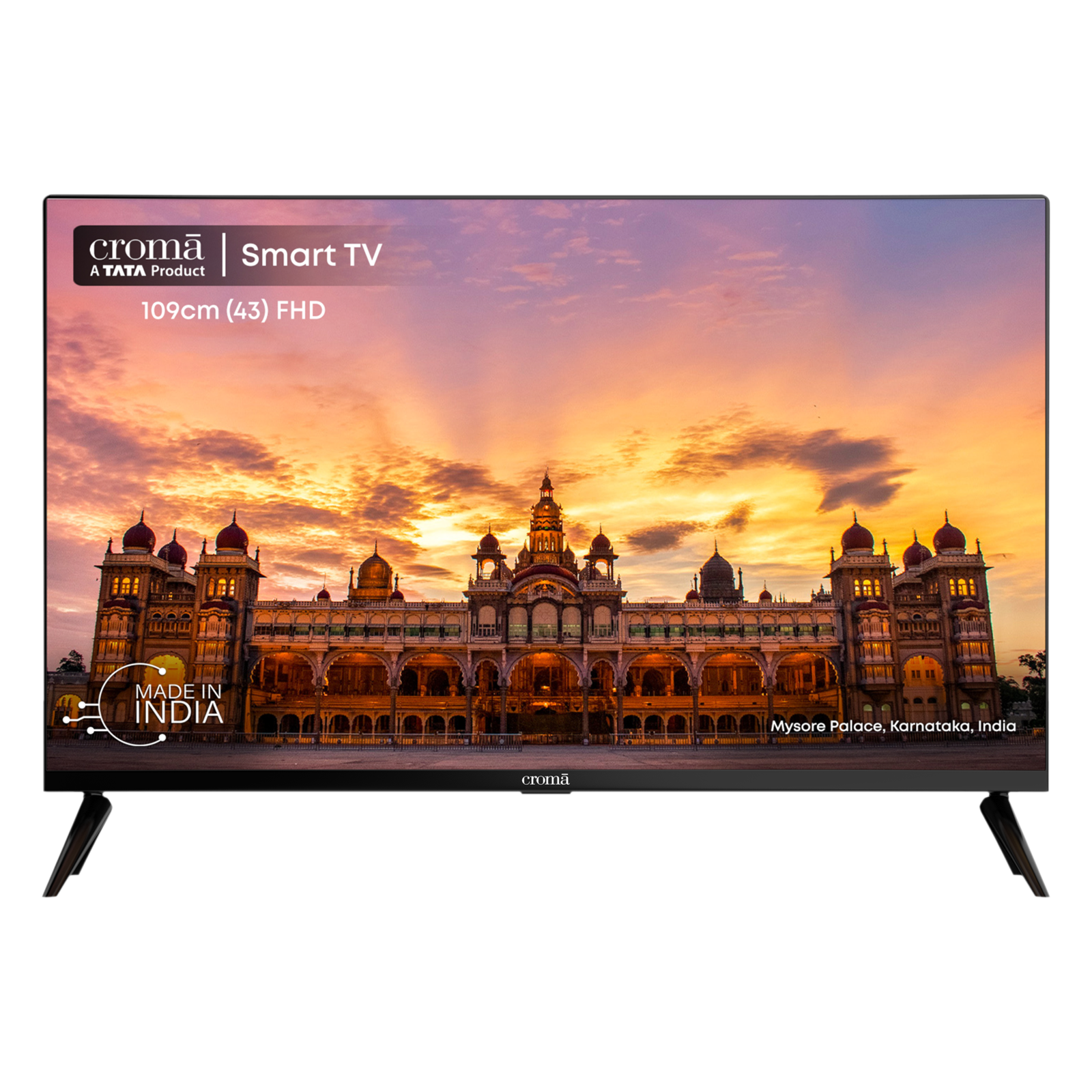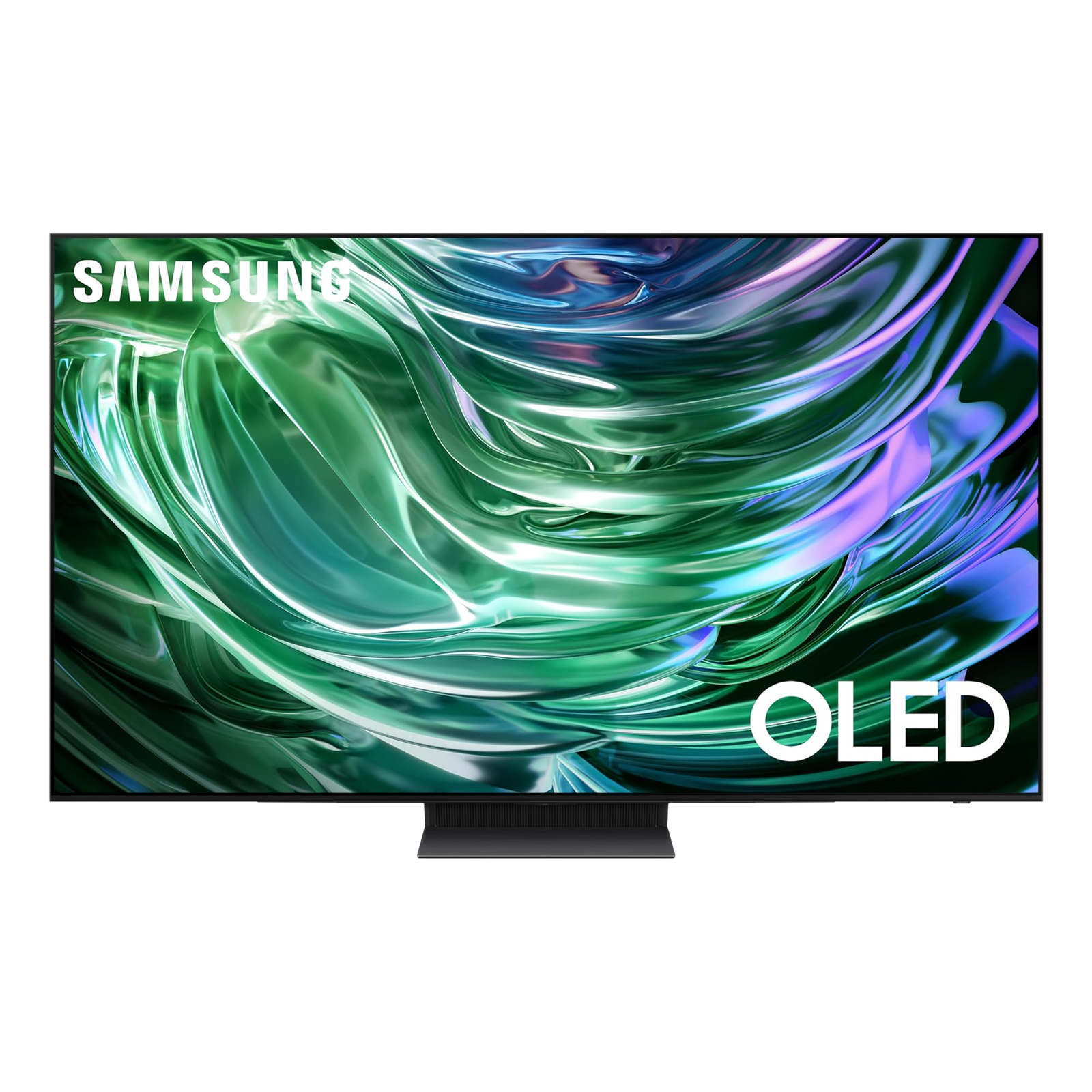While the flat-screen TV is really the only kind of television you can buy now, the display technology continues to evolve and improve. There are now a few common display types for televisions which are widely available, including LCD, LED, quantum-dot LED (QLED), mini-LED, and OLED. Different display types have different advantages, which cover parameters such as price, performance, and overall picture capabilities.
Among all of these, there are two which are considered the most popular – LED and OLED – but for completely different reasons that set each apart. While LED televisions are more widespread and easily available due to the affordable prices, OLED TVs are typically preferred by premium buyers for the promise of better picture quality and contrast.
The type of TV you should buy depends on your budget and viewing requirements. Here are the key differences between LED and OLED TVs to help you make the right choice.
Products in focus
LED vs OLED TVs: Display and performance
Most consumer televisions termed as ‘LED TVs’ are usually LED-LCD televisions, which utilise liquid crystal display (LCD) technology with light-emitting diode (LED) backlighting. This is among the most economical display technologies for mainstream consumer televisions right now, and is available on televisions across various sizes ranging from small to large.
These televisions can be brighter, but due to the LEDs illuminating the entire panel, the picture quality is usually affected when it comes to darker colours and contrast levels. Technologies and implementations such as local dimming and quantum-dot can make up for these shortcomings, but these usually come at a higher price.
ALSO READ: What is an OLED TV?
In comparison, OLED TVs use organic light emitting diode (OLED) panels, where each pixel is represented by an individual electroluminescent diode. This allows each individual pixel to be activated or switched off as per the picture signal, thus delivering better colours and contrast. While OLED televisions are not necessarily as bright as LED or quantum-dot LED TVs, they make up for this with better picture quality and features, such as support for HDR formats and picture processing.
However, OLED panels are much more expensive, and are currently only available for larger screen sizes – usually 55 inches and larger televisions. This, along with the fact that high-end televisions also come with additional features and capabilities, means that OLED televisions are typically premium and high-end products.
LED vs OLED TVs: Price
The cost of manufacturing the display panel makes up the majority of the price of a television, and hence LED televisions are typically the most affordable and feasible for even smaller screen sizes with lower pixel counts. LED TVs are available at even under Rs 10,000 today, with options such as the Croma 24-inch HD-ready TV priced very affordably. Even the more popular 32-inch and 43-inch screen sizes typically start under Rs. 20,000, making this the most popular display type for consumer televisions right now.
ALSO READ: 10 best smart TV brands in India in 2024
While you can get 42-inch and 48-inch OLED TVs from brands such as LG, most OLED televisions are available in sizes of 55 inches and above. Additionally, only a handful of brands such as LG, Sony, and Samsung are actively present in the OLED TV segment, barring the odd model from a couple of other brands tops, as the prices of these TVs are considerably higher than those of LED TVs.
Premium buyers thus tend to prefer OLED TVs for the picture quality and overall performance, while budget buyers and those looking for small-screen options tend to favour LED TVs.
Unleash your inner geek with Croma Unboxed
Subscribe now to stay ahead with the latest articles and updates
You are almost there
Enter your details to subscribe

Happiness unboxed!
Thank you for subscribing to our blog.
Disclaimer: This post as well as the layout and design on this website are protected under Indian intellectual property laws, including the Copyright Act, 1957 and the Trade Marks Act, 1999 and is the property of Infiniti Retail Limited (Croma). Using, copying (in full or in part), adapting or altering this post or any other material from Croma’s website is expressly prohibited without prior written permission from Croma. For permission to use the content on the Croma’s website, please connect on contactunboxed@croma.com
- Related articles
- Popular articles




















Ali Pardiwala
Comments